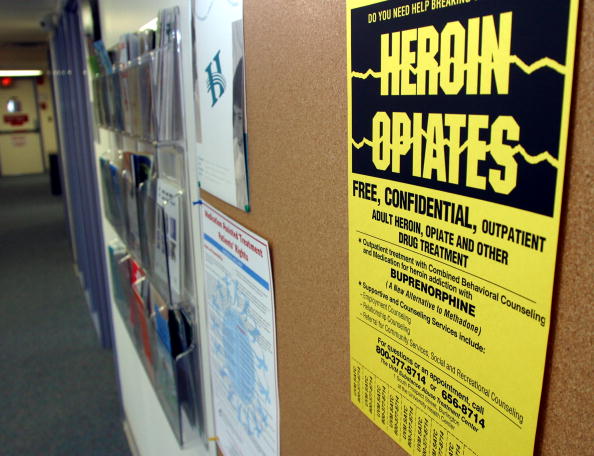
Despite efforts to prevent occurrence, the number of people who overdosed with opioid has gone up last 2014, the Centers for Disease Control and Prevention (CDC) reported.
Based on its Morbidity and Mortality Report for 2014, opioid overdose, including due to heroin and pain relievers, increased by 14% within 12 months. About 9% of these cases (or an increase of more than 750 deaths) were caused by opioid pain relievers including hydrocodone and oxycodone.
Heroin deaths also went up by 26% since 2013 with more than 10,000 people dead by 2014. Before, the growing trend for overdose death was related to misuse and overuse of opioid. The new report, however, suggested that heroin-related death had something to do with the drug's accessibility. So far, prices of heroin have gone down, and different types of heroin are now available in the streets. More people are also dying from fentanyl, an opioid that is sold as a heroin.
Death due to drug overdose is very high in five states, namely, Ohio, Kentucky, New Mexico, West Virginia, and New Hampshire. It also increased among adults of all ages, as well as for non-Hispanic black and white men and women.
According to Dr. Tom Frieden, CDC director, the increased death rates due to opioid overdose is now alarming and it continues to create damage to communities and families in the United States.
The CDC then outlined some recommendations in how to reduce and eventually curb overdose death. One of these is to limit drivers such as prescription. CDC believes that the health professionals must be equipped with more resources and tools, as well as be more capable to give better prescription guidelines, to help patients make more informed decisions.
It is also necessary that opioid addiction sufferers would have easy access to evidence-based treatments, including making naloxone more available to them. This drug has shown to reverse symptoms associated with opioid overdose.
